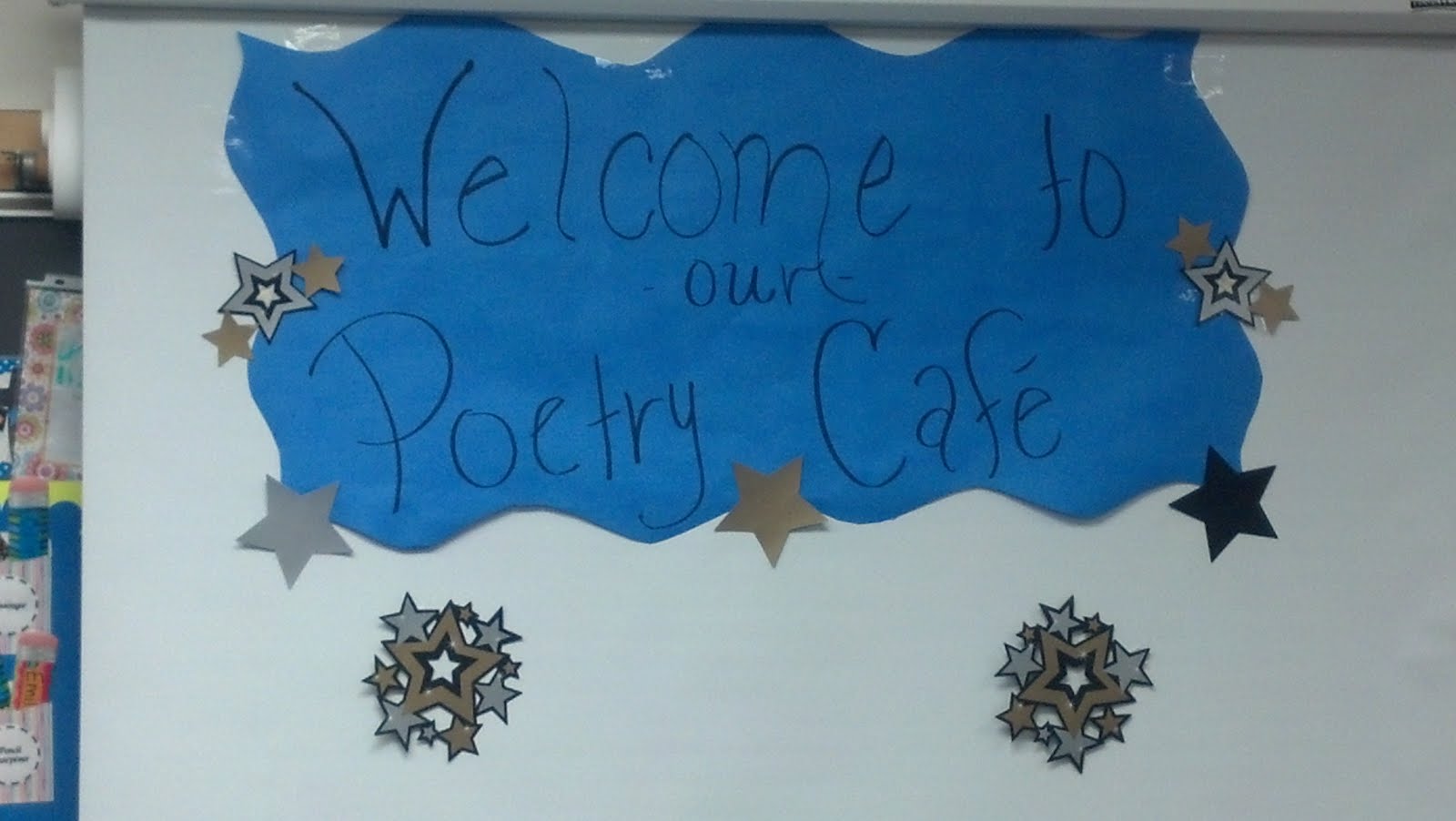Saturday, August 9, 2008
Amok in New Hampshire: Storytelling with Odds Bodkin
Driving home one afternoon, I saw a familiar looking boy. He was holding a broken geode in his hands – each of his upturned palms holding half of the stone.
I kept one hand on the wheel and started scribbling in my notebook. I knew this boy. It was Archie Nagle, eleven-year-old hero of the children’s novel I’d been working on. He was in my vision as clearly as the traffic light ahead of me.
The light turned red, giving me enough time to ask, “Why is Archie holding a geode? What does it mean?” Another flash. The stone split in two meant Archie was a twin. Had been a twin (duh! Why didn’t I know this two drafts ago?) He lost a brother before the story opens. My light-hearted middle grade novel suddenly had a heart.
Where do these creative flashes of story come from? Last weekend, I was amok in New Hampshire, hoping to find out. My friend Jennie and I headed to Squam Lake for a workshop with master storyteller and musician, Odds Bodkin.
Odds has been a professional teller for 30 years. Before the workshop, Jennie and I (like the former English teachers we are) looked up “Odds Bodkin” in the dictionary. It’s a mild curse. Think “Holy cow!” in the 1600s. It’s a good thing we did our homework. When a guy greets you with: Call me “Odds,” you don’t ask why.
Odds doesn’t script his stories or write the accompanying music. He knows the basic plot and characters, but tells a tale differently each time he sits in front of an audience, adding details, dialogue, and a soundtrack (on guitar, harp or kalimba) as the Muse strikes him.
As opposed to TV and video games, Odds said that tellers of tales “go right down into this ancient tap root in children’s minds” that activates cognitive areas screen-entertainment misses. Hooray for the children’s authors among us! Stories, especially spoken stories, tap into more than kids’ visual imaginations. Stories can activate our hearing memory, sense of taste and smell -- even create physical sensations. To prove the point, Odds described eating a slice of pizza. Granted, it was right before lunch, but all it took was the words “gooey cheese” and my mouth was watering. (Odds Bodkin! that was tasty.)
Odds also talked about two creative styles. Some of us are like Mozart, who transcribed his compositions whole and perfect: “The Witness.” I’m not big on the Muse concept, but I knew what Odds was talking about. Many of us compose paragraphs or poems in our minds without writing a word down – often unaware that we are doing so – until the piece is close to perfect. When my mind produced the image of Archie holding his broken geode, I was acting as Witness.
The other creative style is “The Director.” This is the skill I use when writing non-fiction -- putting facts, quotes and description together as if they were pieces in a jigsaw puzzle. I was relieved when Odds told us that Beethoven composed music this way. He made it clear that, as a storyteller, being a Witness is no better or worse than being a Director. In fact, most creative folks use a combination of the two styles in their work.
Okay, readers. Are you more of a Witness or a Director?
This Week’s Writing Exercise (Appropriate for All Ages & Levels)
Don’t Write! Imagine
We often ask students, and ourselves, to be imaginative when writing. But imagination without boundaries can be uncomfortable. After all, our imaginations produce nightmares.
Here is one of Odds’ best recommendations from the storytelling workshop: when you’re asking someone to use his/her imagination, start with a familiar setting to warm-up those mental muscles.
So, put away the notebook and pencil while you try this exercise in sensory imagination (adapted from Odds Bodkin’s workshop). You can take notes later.
Sit quietly, close your eyes and imagine that you are in your bedroom. Your bare feet are standing on a low marble pedestal. Turn slowly – 360 degrees – and take in every detail of the room. Not just the pictures on the walls and the colors of the bed spread, but also any smells, and the temperature of the air.
You notice a light coming from under the bed. Filled with curiosity, you step off the pedestal. You move the bed aside with one hand – it’s as light as an empty box and glides across the floor. There, where you expected to see carpet or planks of wood, is a window. What a strange place for a window! How can sunlight be shining through a window in your floor? You kneel down beside the window and see…
this is the tricky part, writers. Without composing a story, let your imagination see, feel, hear, taste and smell whatever is beyond that window. Let us know what’s out there.
Next Week: Amok in Men’s Clothes (Literary Cross-Dressing)
Subscribe to:
Post Comments (Atom)

No comments:
Post a Comment